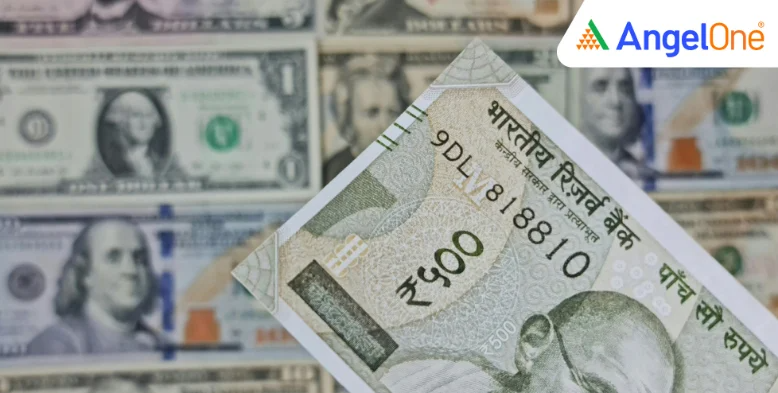
As per news report, The International Monetary Fund (IMF) is expected to revise India’s foreign exchange regime classification, potentially identifying it as a “crawling peg” system. This change comes in response to evolving currency management and renewed volatility in the rupee.
The IMF is reportedly preparing to revise the way it classifies India’s exchange rate regime. The upcoming classification may include aspects of a “crawling peg” — a system that reflects gradual currency adjustments based on inflation gaps between India and its trading partners. This follows earlier IMF concerns about what it viewed as significant currency intervention by the Reserve Bank of India (RBI).
The reclassification marks a shift from the current categorisation of a “stabilised arrangement,” introduced in 2023 after observations of heavier central bank interventions. This development will be formalised in the IMF's Article IV staff report scheduled for release on November 26, 2025.
The rupee has depreciated about 4% against the dollar in 2025, making it one of Asia’s weaker performers this year. During recent trading sessions, the rupee slipped to record lows as the RBI reduced its aggressive defence of the currency. However, intervention followed shortly after, leading to a temporary rebound.
Deputy Governor Poonam Gupta of the RBI reiterated that managing excessive currency volatility is a key concern, aligning with RBI’s ongoing policy approach focused on reducing fluctuations without targeting a fixed level.
Read More: Arvind Panagariya Says India Can Exceed Growth Forecasts as Reform Momentum Strengthens!
Under the leadership of former RBI Governor Shaktikanta Das, the rupee remained notably stable, supported by active reserve usage, stated Thomas Helbling, deputy director of the Asia Pacific department at the IMF said in response to a Bloomberg query. In contrast, the current Governor Sanjay Malhotra has allowed for increased “two-way flexibility”, creating a more responsive exchange rate mechanism. Despite this, the RBI has conducted significant dollar sales on several occasions, briefly strengthening the rupee.
India currently holds around $700 billion in foreign exchange reserves, giving the central bank the capacity to shield the rupee against abrupt fluctuations when required.
The IMF’s anticipated reclassification of India’s exchange rate mechanism highlights a shift in perception of India’s forex policy. As the rupee sees increased movement, the IMF’s addition of crawling peg characteristics represents evolving currency management by the RBI in response to inflation dynamics and global trade pressures.
Disclaimer: This blog has been written exclusively for educational purposes. The securities or companies mentioned are only examples and not recommendations. This does not constitute a personal recommendation or investment advice. It does not aim to influence any individual or entity to make investment decisions. Recipients should conduct their own research and assessments to form an independent opinion about investment decisions.
Investments in the securities market are subject to market risks. Read all the related documents carefully before investing.
Published on: Nov 25, 2025, 4:36 PM IST

Team Angel One
We're Live on WhatsApp! Join our channel for market insights & updates